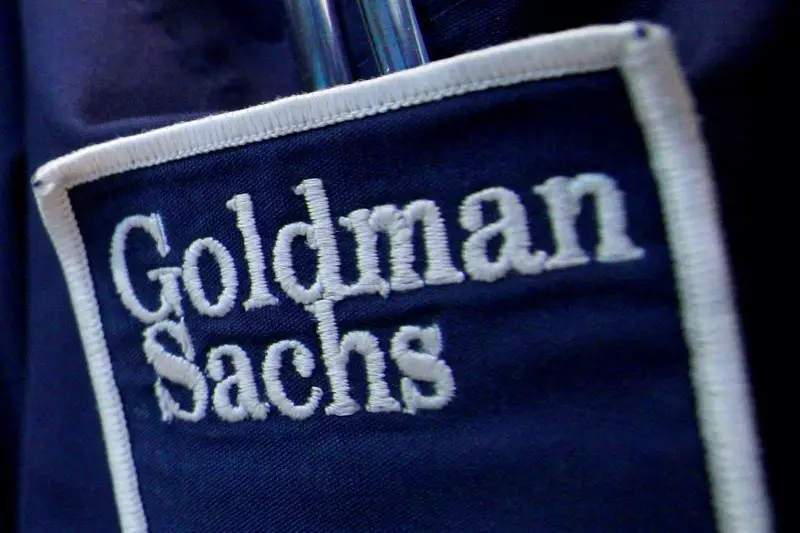Goldman Sachs, one of the leading financial institutions, recently shared their perspectives regarding critical questions that will shape the U.S. economic outlook for 2025. In this forecast, they cover a range of topics, from GDP growth to inflation trends.
One of the most intriguing aspects of Goldman Sachs’ predictions is their optimistic GDP growth forecast, expecting it to reach 2.4% by 2025, outperforming the industry consensus of 2.0%. This anticipated growth stems from increased private domestic demand and significant business investments, particularly in the realm of artificial intelligence and other technology sectors. They argue that federal initiatives, including the Inflation Reduction Act, are likely to bolster this growth, suggesting a promising environment for economic expansion.
Another focal point in their report is consumer spending, which Goldman Sachs expects to increase by 2.3% in 2025. This anticipated rise in expenditure is rooted in various supportive economic factors including real income gains and a robust labor market. The interplay between wealth effects from an appreciating stock market and a buoyant labor market could lead to stronger consumer confidence, which in turn will stimulate purchasing activities.
Interestingly, Goldman Sachs predicts that the labor market will not experience significant softening, with expectations that the unemployment rate will dip to approximately 4% by year-end 2025. This forecast counters several prevailing narratives of labor market deterioration, indicating instead that labor demand is likely to remain strong, particularly amidst a slowdown in immigration rates that may limit labor supply.
Goldman anticipates that core Personal Consumption Expenditures (PCE) inflation will decrease to about 2.1% by the end of 2025, driven largely by easing wage pressures and a reduction in catch-up inflation. This expectation aligns with their forecast for three interest rate cuts by the Federal Reserve during 2025, which underscores their confidence in declining inflation rates.
The economists also address potential political interventions, specifically regarding the Federal Reserve. They express skepticism about possible moves by the incoming President Trump to remove or demote Fed Chair Powell, highlighting the legal challenges associated with such an action. Moreover, they project a decrease in net immigration rates in the context of tighter policies, alongside expectations of an increase in tariffs on Chinese imports, although they anticipate that widespread tariffs will not materialize due to political and economic risks.
Regarding the federal budget, predictions indicate that significant deficit reduction is unlikely. The combination of impending tax cuts and increased defense spending is expected to offset any potential fiscal constraints. While minor increases in tariff revenue may mitigate some budgetary pressures, Goldman Sachs suggests that overall federal spending growth will persist, particularly in defense-related areas.
Goldman Sachs’ forecast for the U.S. economy in 2025 outlines a landscape characterized by cautious optimism in GDP growth, stable consumer spending, and a robust labor market. While inflation is projected to ease, the interplay of political dynamics and fiscal policies will be critical in shaping the economic trajectory. Observers will do well to keep an eye on these developments as they unfold in the coming years.

